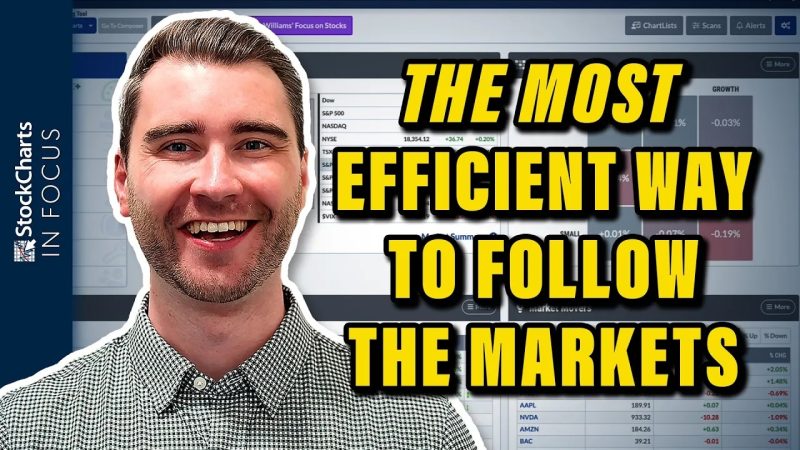In today’s fast-paced financial world, staying on top of market trends and news is crucial for making informed investment decisions. With so much information constantly flowing in, having a well-organized and customized dashboard can be the key to efficiently tracking the markets and managing your portfolio effectively.
One of the most efficient ways to follow the markets is to create a personalized dashboard that brings together all the relevant information you need in one place. By customizing your dashboard to display the specific metrics, charts, and news feeds that are most important to you, you can save time and make better decisions based on real-time data.
To start customizing your dashboard, the first step is to identify what information is most relevant to your investment strategy. This could include stock prices, indexes, sector performance, news headlines, economic indicators, or any other data points that you regularly monitor. By focusing on the key metrics that drive your decision-making process, you can ensure that your dashboard provides the insights you need to stay ahead of the curve.
Next, consider the visual layout of your dashboard to make it easy to navigate and digest information quickly. Organize different widgets or modules in a logical manner, grouping related data together to provide a clear overview of the market landscape. Customizing the color scheme, font size, and design elements can also help to make your dashboard visually appealing and user-friendly.
In addition to static data displays, consider incorporating dynamic elements such as live market feeds, interactive charts, or customizable alerts. These features can help you stay informed in real-time and react swiftly to market developments that may impact your investments. By setting up personalized alerts for price movements, news events, or specific stock performance, you can ensure that you don’t miss any important updates.
Furthermore, leveraging technology and automation tools can further enhance the efficiency of your dashboard. Integrating data sources, APIs, or third-party services can enable you to access a wide range of information within a single platform. Using advanced analytics and machine learning algorithms can also provide valuable insights and predictive analytics to help you make more informed decisions.
Ultimately, customizing your dashboard is a continuous process that requires regular review and refinement. As market conditions evolve and your investment goals change, adjusting the metrics and data sources on your dashboard can help you adapt to new challenges and opportunities. By staying proactive and agile in customizing your dashboard, you can optimize your market tracking capabilities and maximize your potential for financial success.

